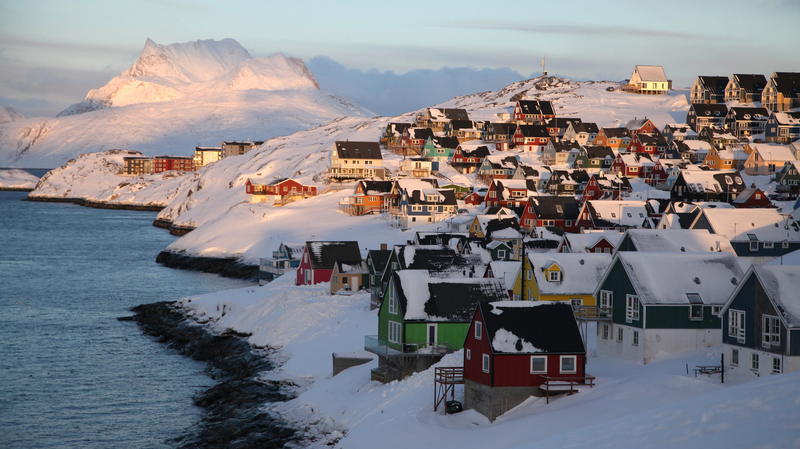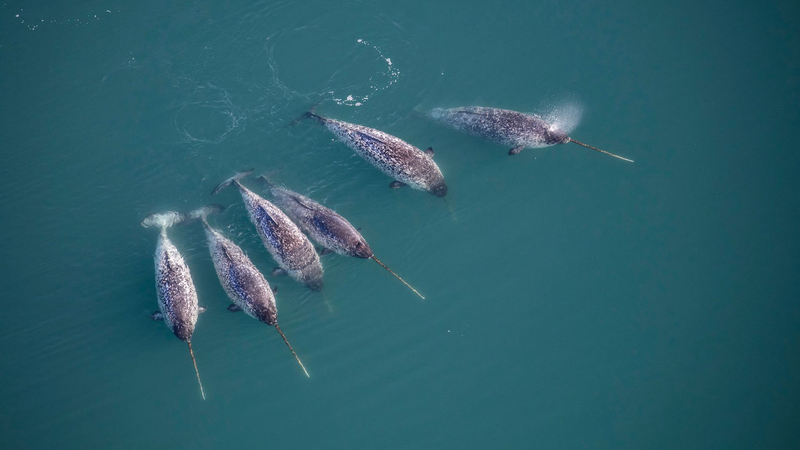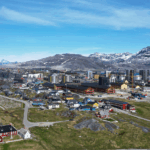Greenland is undergoing dramatic geographical changes as global warming accelerates ice loss, according to a groundbreaking study published in the Journal of Geophysical Research: Solid Earth. Researchers from the Technical University of Denmark and partner institutions found the island is not only shrinking but also drifting northwest due to tectonic shifts linked to melting ice.
Using data from 58 Global Navigation Satellite System (GNSS) stations, the team observed how Greenland's bedrock twists, compresses, and stretches as pressure beneath its massive ice sheet decreases. This movement—driven by the rapid loss of 270 billion tons of ice annually since 2002—has caused measurable changes in the island's position and shape.
Dr. Kristian Mølgaard, lead author of the study, explained: “The Earth beneath Greenland is rebounding like a slow-motion trampoline. As ice melts, reduced weight allows tectonic plates to shift, creating a chain reaction that impacts sea levels and regional stability.”
The findings highlight interconnected climate challenges: melting ice contributes to rising oceans while altering landmasses in ways that could affect infrastructure and ecosystems. For investors and policymakers, the study underscores the urgency of climate adaptation strategies in vulnerable Arctic regions.
Academics note the research provides critical data for modeling future sea-level rise and tectonic activity, offering insights into how other glaciated regions may respond to warming. For the global Asian diaspora and travelers, these changes could influence Arctic tourism and maritime routes.
Reference(s):
Study: Greenland shrinking, drifting northwest amid global warming
cgtn.com







